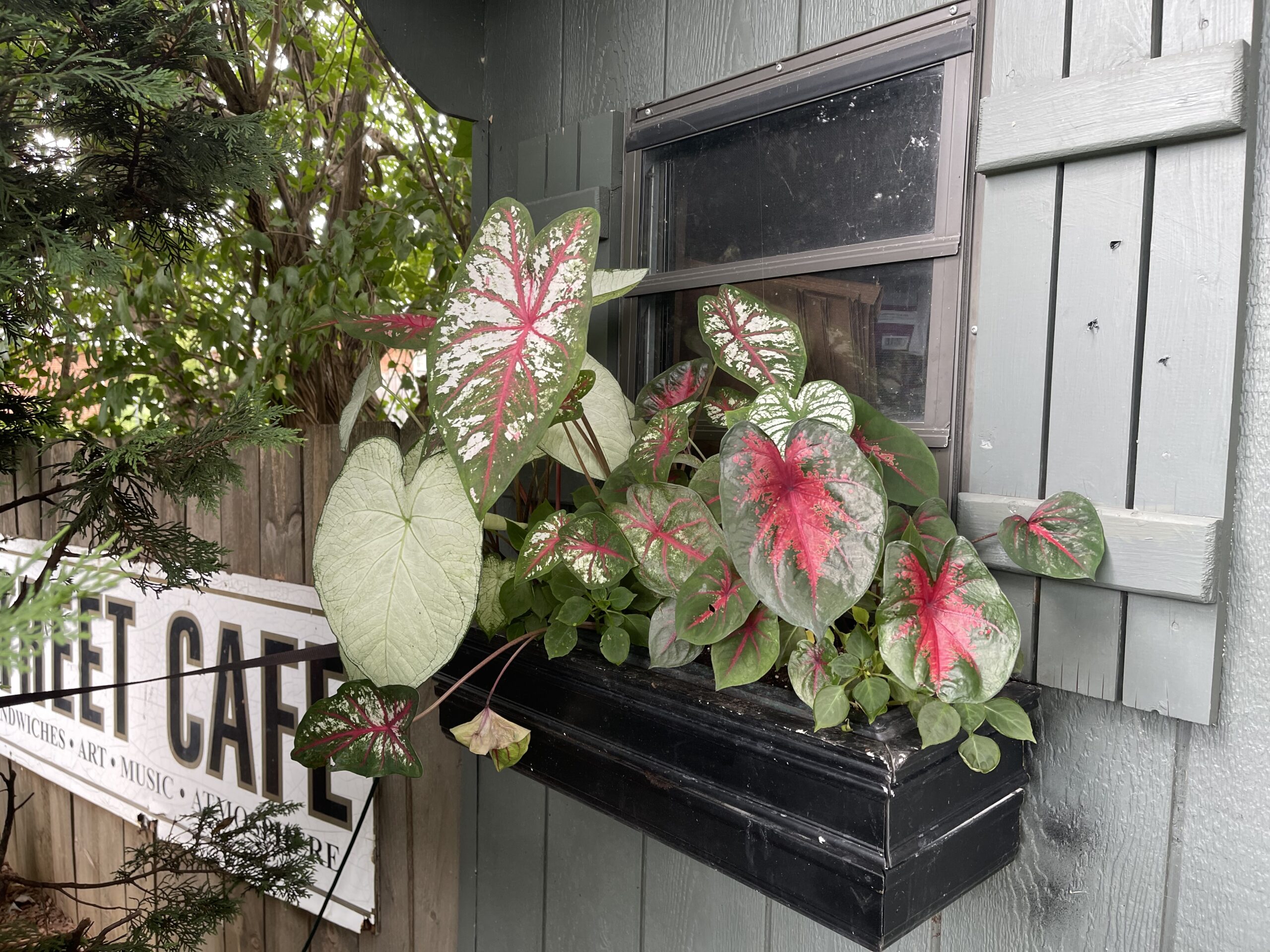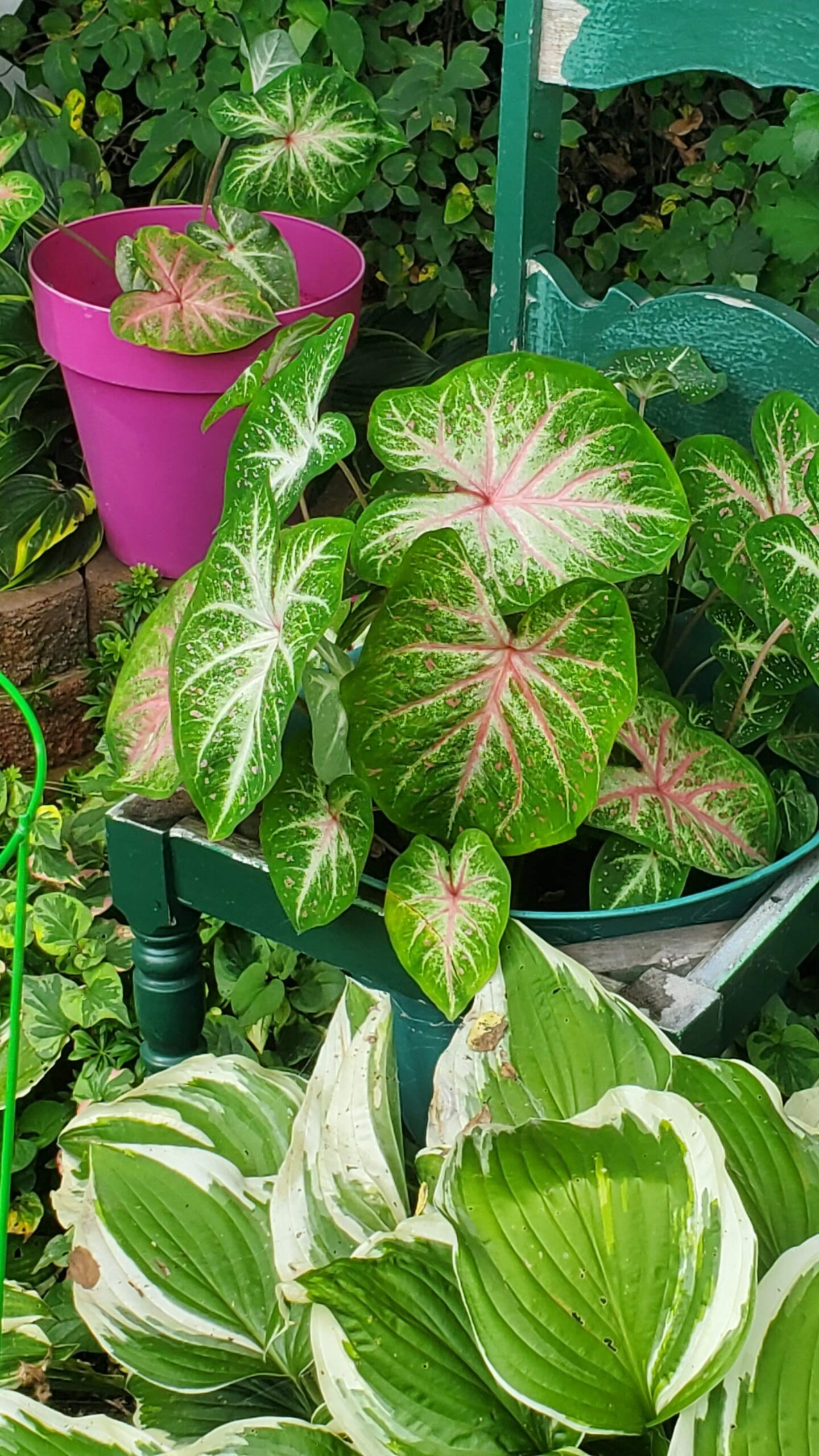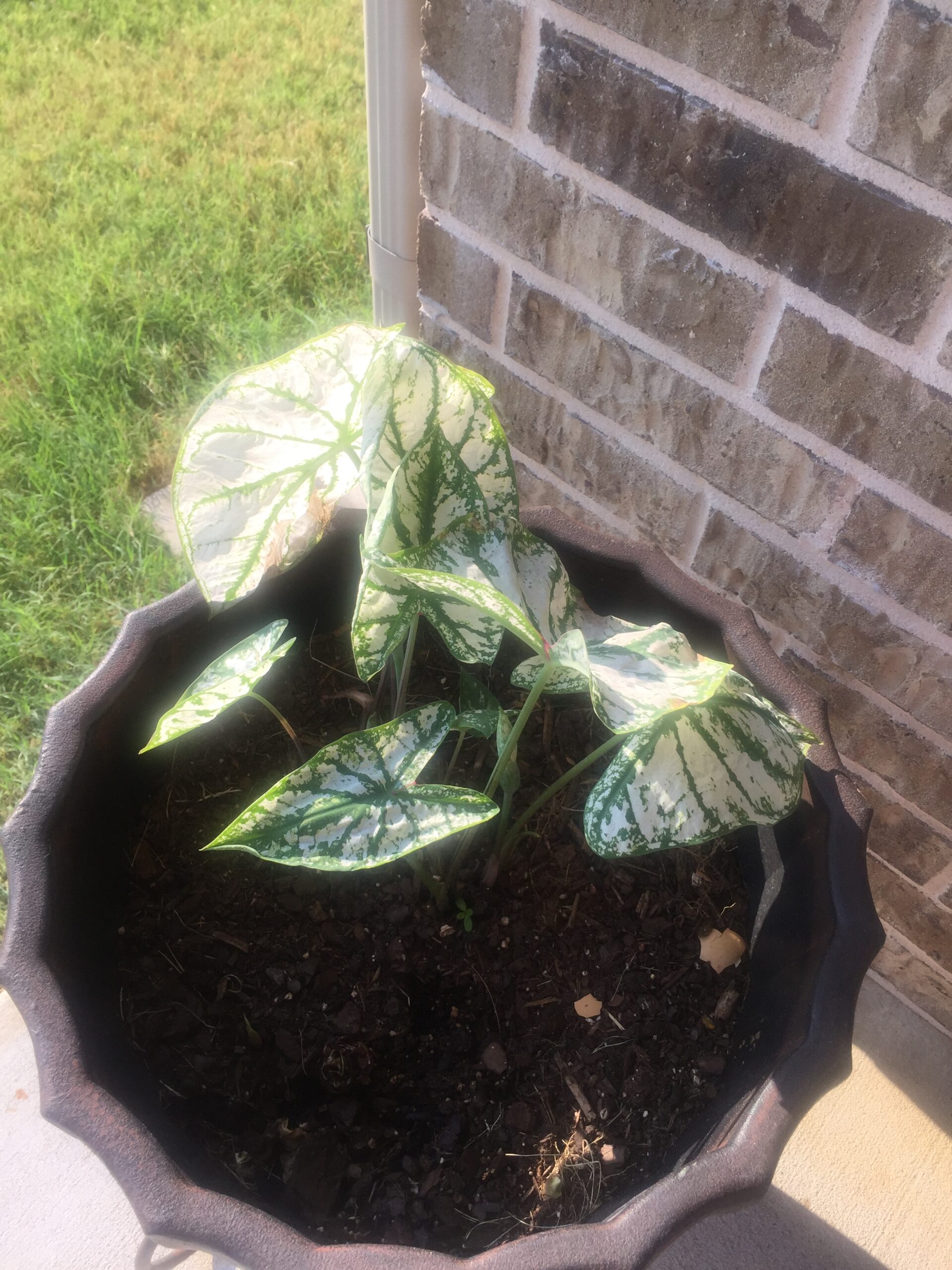About Caladiums
Caladiums, hailing from Central and South America, are tropical plants celebrated for their large, heart-shaped leaves that showcase stunning color combinations in white, pink, red, and green. While caladiums rarely flower, their vibrant foliage ensures a lively display in various settings—whether planted beneath trees, interspersed between shrubs, in perennial borders, or within containers.
These tropical tubers can endure conditions in USDA zone 7 and above. For those residing in colder zones, treating caladiums as annuals or digging up the tubers in fall for winter storage is a viable option. Excelling in shady parts of gardens or beds where other plants might struggle, caladiums bring impressive color and size to the landscape. They are commonly divided into two main groups: fancy leaf and lance or strap leaf, with fancy leaf varieties standing out for their colossal, heart-shaped leaves adorned with vibrant hues and intricate patterns.
When to Plant Caladium Bulbs
If you wish to give your caladium bulbs a head start, you may plant them indoors six weeks before the last frost date. If you start outdoors, make sure the soil has warmed up to 65°F to 70°F before planting your caladium bulbs. Caladiums require both warm soil and consistently elevated overnight temperatures to initiate their growth.The night temperature must reach the mid 60’s or warmer on a consistent basis.
Where to Plant Caladium Bulbs
Finding the right location for your outdoor caladium is important and well-draining soil is a must. Partial sunlight is best for the caladium. Caladium bulbs also like rich soil; if the soil is poor, add generous amounts of compost and manure. Last, plant the caladium where it will not be affected by strong wind. Too much wind can damage the plant's large leaves.
How to Plant Caladium Bulbs
Plant the caladium bulbs in holes that are two inches deep. When you hold the tuber up, look for the part of the tuber which has something similar to the eyes on a potato. We have marked the tubers with white paint on the location where eyes will appear (if they haven't already) to make them easier to identify. Gently put the tuber in the ground, with the white eyes pointing up. Add a little bone meal to the soil and plant other tubers six to twelve inches apart, depending on how full you want your garden to look. Water them generously to encourage the caladium to take root. Caladium bulbs should be kept moist during germination, without allowing the soil to become soggy. Cool nights and excessive moisture can cause the bulb to rot. Once the caladiums break ground it is easy to tell when to water as they will droop very easily if thirsty. You will need to adjust your watering schedule based on your climate and the amount of sun the plant receives.
How to Care for Caladiums
Caladium grows well with little care or attention. Fertilize them outdoors once a month with a general purpose fertilizer. Indoors, use a liquid fertilizer every couple of weeks. During the growing period, remove any dead or damaged leaves. In USDA zones eight and above, trim the yellow growth from the foliage when the growing season has passed and leave bulbs underground.
Where winter is a concern, dig up the caladium bulbs before the frost sets in. Caladium bulbs should never be underground when the soil temps dip below 55°F. Lay them out in a cool, dry area and allow one week for the bulbs to dry. Leave some foliage attached so it's easier to label which variety is which. After labeling, remove the dead leaves and store them in net bags until spring. Make sure that the temperatures in the area where the bulbs are stored does not drop below 60°F.




